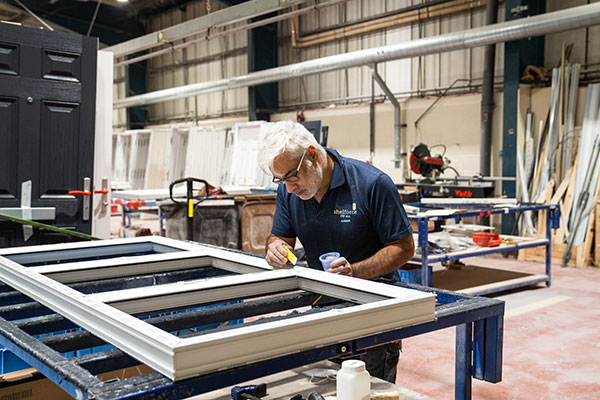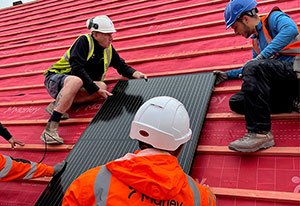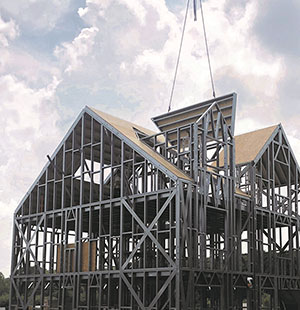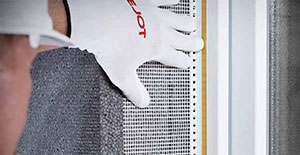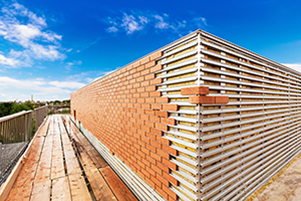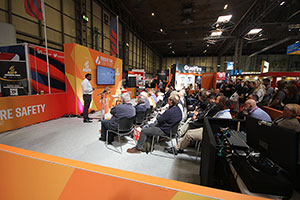For those seeking to elevate their architectural projects with a touch of refined elegance, the core Blockleys clay brick portfolio offers a range of solutions. Known for their exceptional quality and reliable production, Blockleys provides a range of premium clay bricks that seamlessly blend aesthetic appeal with durability. Whether for a residential development, educational space or a commercial building, Blockleys bricks deliver both sophistication and performance.
With a suite of sleek, understated shades of grey and black, these bricks lend a refined, modern edge to any façade. Muted greys, such as Bowland Grey and Sterling Grey, along with the deep blacks, including Black Smooth and Kelham Black, create a striking visual impact without overwhelming your designs. For those looking to add a more personalised touch, the Blockleys Synthesis blend allows for the introduction of complementary tones, adding depth and unique texture to the overall appearance.
